Power is a fundamental component of fitness that is often developed through Olympic weightlifting movements. However, not all clients meet the strength and mobility prerequisites to perform these types of exercises. For example, if clients are unable to perform a barbell overhead squat, it could be dangerous for them to attempt a barbell snatch. As such, health and fitness professionals should utilize other exercises that can develop power, while considering the overall needs and goals of their clients.
Simply put, Power = Force x Velocity, which means power can be improved by increasing force or velocity, or using a mixed-methods approach. To maximize power development, a combination of unloaded (e.g., 0% 1 RM) and loaded (e.g., up to 90% 1 RM) exercises should be used, which will also enhance program variety. This enables clients to operate throughout the entire power continuum (0 to 90% 1RM) to maximize power output. However, the intention of the movement is more important than the movement velocity itself (Behm et al., 1993). Therefore, when trying to increase power, encourage clients to move as fast as possible, but always with control.
The following five exercises for developing power are well-suited for general population clients who have demonstrated appropriate levels of stability, mobility, strength, and proper technique. Have your clients perform each exercise for three sets of three to five repetitions.
1. Jump Squat With Arm Action (Unloaded) or No Arm Action (Loaded)
Exercise Type: Low-force, high-velocity
Stand with the feet hip- to shoulder-width apart and arms parallel to the sides of the body. Preparatory phase: Begin with a lower-body countermovement, while performing a double-arm action heading backward. Upward phase: Explode (jump) through the floor utilizing triple extension (of the ankles, knees and hips) and both arms, reaching for a desired target. Downward phase: Land softly, like a cat, on the mid-foot in a quarter-squat position, with shoulders, knees and toes aligned. You may want a client to load this exercise with low-to-moderate dumbbell resistance. Follow the same instructions as above, with the following exceptions: Hold dumbbells in both hands while performing the jump squats, but do not move the arms.
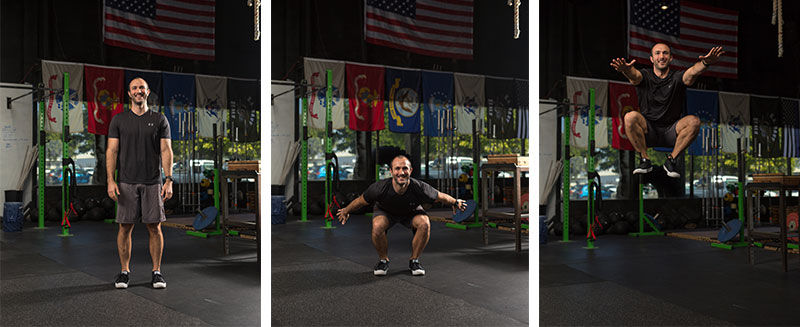
2. Plyometric Push-up
Exercise Type: Low-force, high-velocity
Begin in standard push-up position with feet hip-width apart and arms slightly wider than shoulder width. Preparatory phase: Begin to quickly lower the body, as in a standard push-up, three-quarters of the way down. Upward phase: Explode by pushing through the floor to drive the body upward until the hands leave the ground, while keeping the feet on the floor. Downward phase: Land softly by catching the body back into starting position with the elbows slightly flexed. Regress by performing from a kneeling position or progress by elevating the feet off the floor.
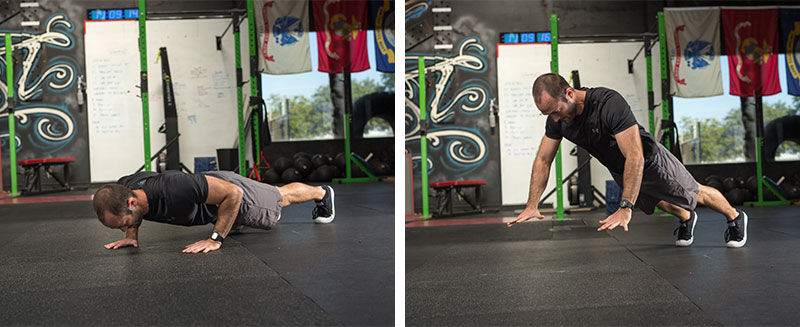
3. Kettlebell Swing
Exercise Type: Low-to-moderate force, moderate-to-high velocity (low to moderate resistance)
Stand with feet hip-to-shoulder width apart. Hold a kettlebell with both hands, arms extended, while maintaining a neutral spine and head. Preparatory phase: Hip hinge to swing the kettlebell; continue until your torso is almost parallel to the floor. Upward phase: Explode by pushing through the floor and fully extending the hips, raising the kettlebell to chest level. Downward phase: Allow the kettlebell to drop, quickly returning to the hip-hinge position and letting the kettlebell pass behind the body.
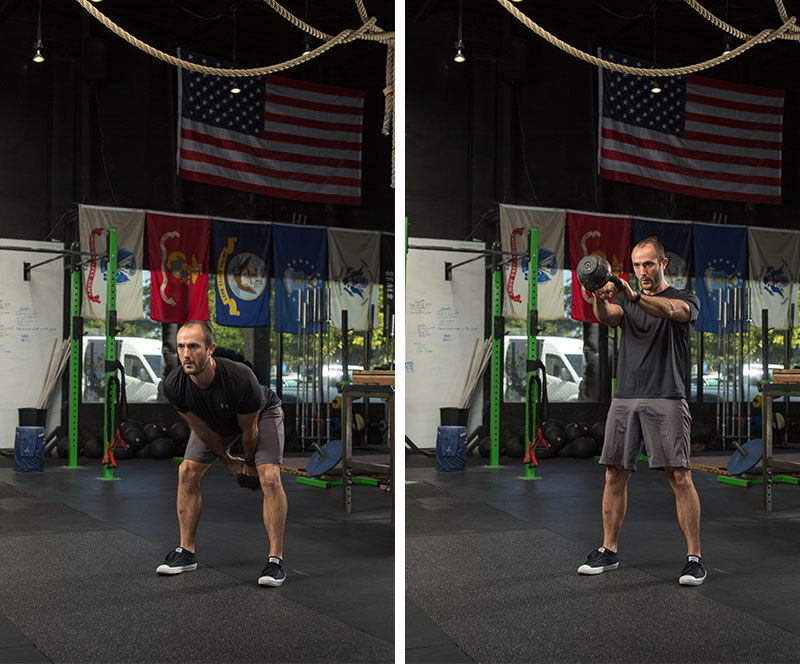
4. Medicine Ball Slam
Exercise Type: Low-force, high-velocity (low-to-moderate resistance)
Stand with the feet hip- to shoulder-width apart. Hold a medicine ball with both hands at waist level, and start to load the hip-hinge position. Upward phase: Quickly rise to triple extension by pushing through the floor and extending the arms overhead. Downward phase: Forcefully slam the medicine ball into the floor while returning to the hip-hinge starting position.
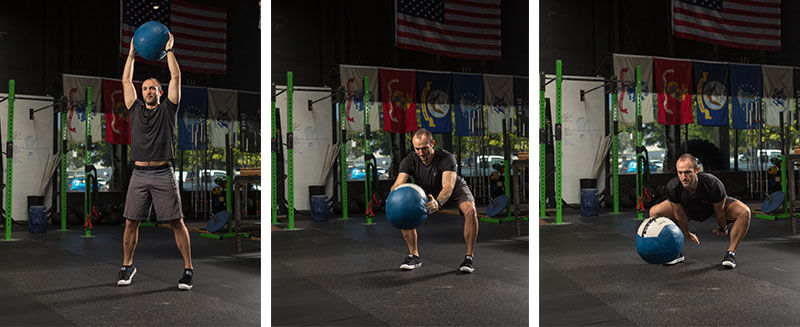
5. Deadlift
Exercise Type: Low-to-high force, low-to-high velocity
Stand with the feet hip-width apart, with the bar right above shoelaces. Keep feet flat on the floor, the bar close to the body, and a neutral spine throughout the movement. Preparatory phase: Drive the shins toward the bar, hip hinge and squat slightly (hips should be higher than the knees and lower than the shoulders). With shoulders over the bar, place hands wider than shoulder-width (right outside of the knees) with arms extended and a mixed grip. Upward phase: Push through the floor, with hips and shoulders rising in unison, while extending the knees and hips (no extension at the lumbar spine) to stand. Downward phase: Allow the hips to flex while the knees slightly flex as the bar lowers to the floor. Maintain a neutral spine and return to the preparatory position.
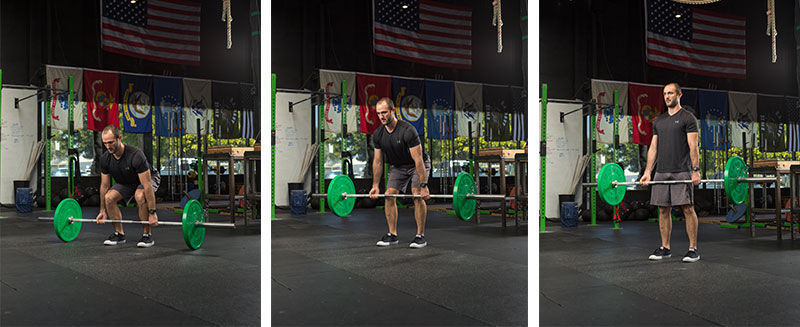
You can change the application of any exercise for the purpose of increasing power, as long as it’s performed with the intention of moving as fast as possible. Many exercises, beyond those listed, can be used—it’s up to you to get creative and make it fun.
References
Behm, D.G. and Sale, D.G. (1993). Intended rather than actual movement velocity determines velocity-specific training response. Journal of Applied Physiology, 74, 1) 359-368.
Ignjatovic, A.M., Markovic, Z.M. and Radovanovic, D.S. (2012). Effects of 12-week medicine ball training on muscle strength and power in young female handball players. Journal of Strength and Conditioning Research, 26, 8, 2166-2173.
Continue to improve your client's athletic performance with ACE's Sports Conditioning Specialist program. For a limited time, save 50% on this program.




 by
by 










 by
by